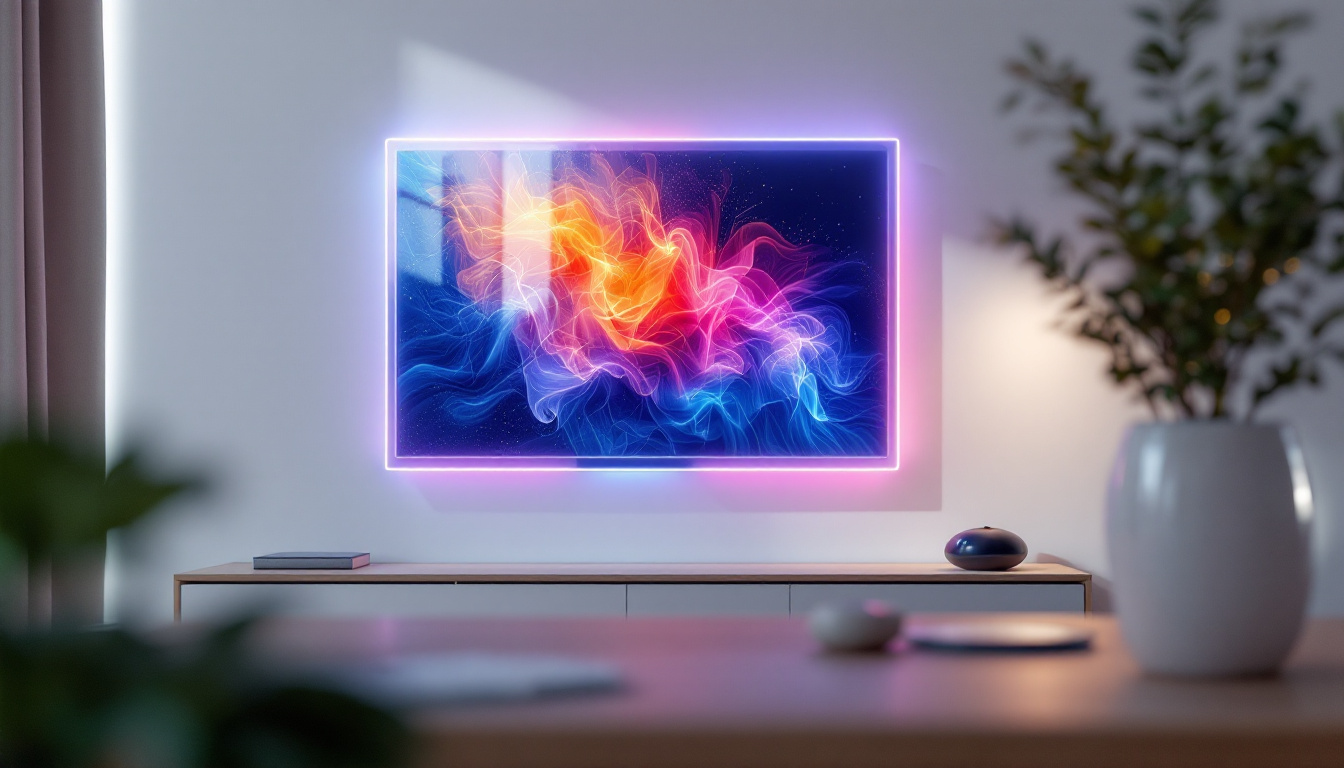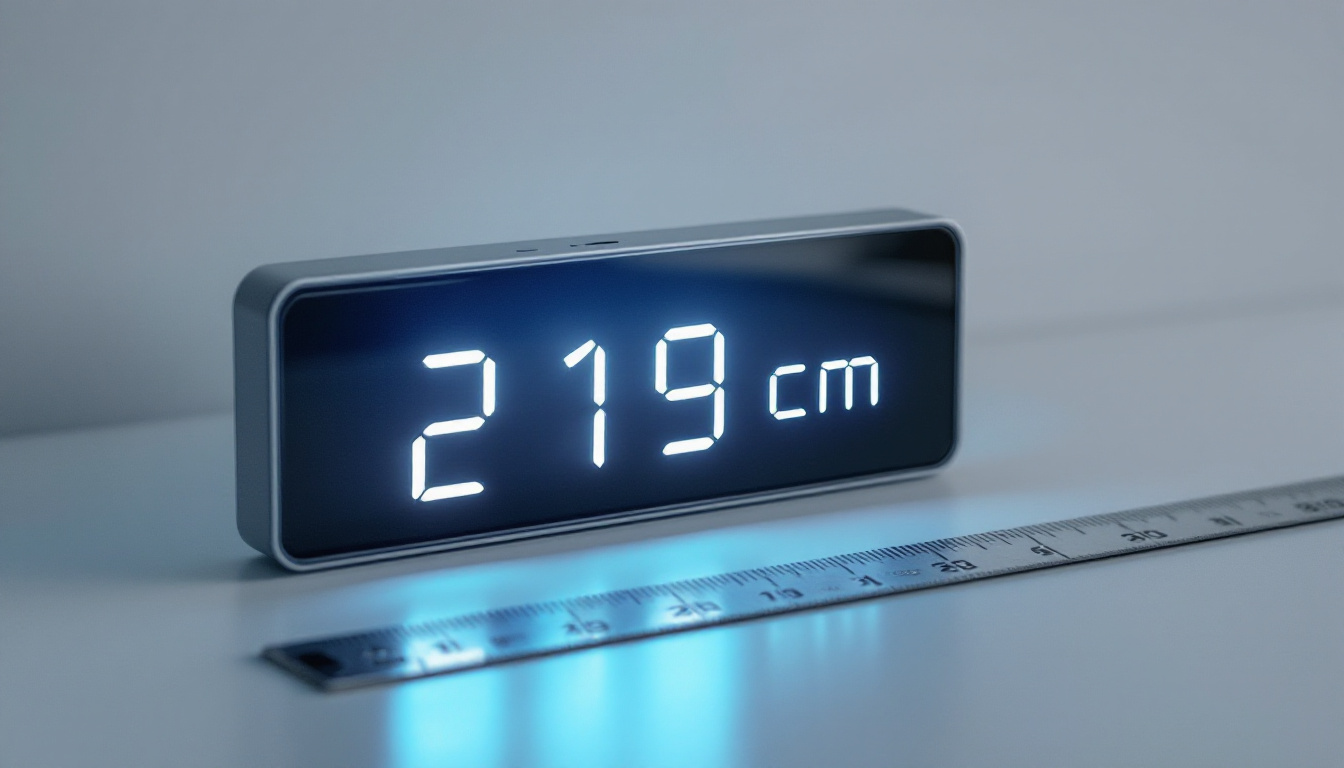Power over Ethernet (PoE) technology has revolutionized the way devices are powered and connected. With the increasing number of devices that require both data and power through a single cable, understanding the tools available for managing these connections is essential. One such tool is the PoE calculator, which often features an LED display to provide users with critical information at a glance. This article will delve into the workings of a PoE calculator, focusing on the LED display and its significance in network management.
Understanding PoE Technology
Before exploring the specifics of the PoE calculator and its LED display, it’s crucial to grasp the fundamentals of Power over Ethernet technology. PoE allows network cables to carry electrical power along with data, eliminating the need for separate power sources for devices such as IP cameras, wireless access points, and VoIP phones.
The Basics of PoE
PoE operates under various standards, primarily IEEE 802.3af, 802.3at, and 802.3bt. Each standard defines the maximum power output and the types of devices that can be powered. For instance, the 802.3af standard can deliver up to 15.4 watts, while the 802.3at (also known as PoE+) can provide up to 30 watts. The latest standard, 802.3bt (or PoE++), can supply up to 60 watts or even 100 watts, making it suitable for more power-hungry devices.
Understanding these standards is vital for network administrators and installers, as it helps in selecting the right equipment and ensuring that devices receive adequate power without overloading the system. Additionally, the implementation of PoE can significantly enhance network flexibility. By allowing devices to be installed in optimal locations without the constraints of power outlets, organizations can adapt their network infrastructure to meet evolving needs, such as expanding office spaces or integrating new technologies.
Benefits of Using PoE
The advantages of PoE technology are manifold. Firstly, it simplifies infrastructure by reducing the number of cables needed, which can lead to cost savings in installation and maintenance. Secondly, PoE devices can be placed in locations where traditional power sources are unavailable or impractical, such as ceilings or outdoor areas. Finally, PoE provides centralized power management, allowing for easier monitoring and control of devices. This centralized approach not only streamlines operations but also enhances safety, as it minimizes the risk of electrical hazards associated with multiple power sources.
Moreover, PoE technology contributes to energy efficiency. Many PoE devices are designed to operate at lower power levels when not in use, which can lead to significant energy savings over time. This is particularly beneficial for organizations looking to reduce their carbon footprint and adhere to sustainability goals. Furthermore, with the rise of smart buildings and the Internet of Things (IoT), PoE is becoming increasingly relevant, as it supports a wide array of smart devices that require both data and power through a single cable, thus enabling seamless integration and communication across various systems.
The Role of the PoE Calculator
A PoE calculator is an essential tool for anyone working with PoE technology. It helps determine the power requirements of connected devices and ensures that the network can support them without exceeding capacity. By inputting various parameters, users can quickly assess the feasibility of their PoE setup.
How the PoE Calculator Works
Typically, a PoE calculator requires users to input details such as the number of devices, their power requirements, and the type of PoE standard in use. The calculator then computes the total power consumption and checks it against the capabilities of the PoE switch or injector being used. This process helps prevent potential issues such as device malfunction or network failure due to insufficient power.
In addition to calculating power needs, some advanced PoE calculators may also provide insights into cable lengths, voltage drop, and other factors that can affect performance. This comprehensive analysis is invaluable for ensuring a reliable and efficient PoE installation.
Importance of Accurate Calculations
Accurate calculations are critical in any PoE deployment. Underestimating power requirements can lead to devices not functioning correctly, while overestimating can result in wasted resources and increased costs. A PoE calculator helps mitigate these risks by providing precise data that informs decision-making.
LED Display: A Key Feature of PoE Calculators
The LED display on a PoE calculator is a significant feature that enhances user experience and facilitates quick assessments. This display typically shows real-time data about power consumption, device status, and other relevant metrics, allowing users to make informed decisions on the spot.
What Information is Displayed?
LED displays on PoE calculators can vary in complexity, but they generally include several critical pieces of information. Commonly displayed metrics include total power output, power consumed by individual devices, and the number of devices connected. Some advanced models may also show voltage levels and current draw, providing a comprehensive overview of the network’s power status.
This information is crucial for network administrators who need to monitor power usage continuously and ensure that all devices are operating within safe parameters. A quick glance at the LED display can reveal potential issues before they escalate into significant problems.
Benefits of LED Displays
LED displays offer several advantages over traditional LCD screens, particularly in terms of visibility and energy efficiency. The bright, clear readouts of LED displays make them easy to read in various lighting conditions, which is particularly useful in environments where lighting may be inconsistent.
Furthermore, LED technology is generally more energy-efficient, contributing to the overall efficiency of the PoE system. This efficiency is especially important in installations where multiple devices are powered simultaneously, as it helps to minimize energy consumption and operational costs.
Integrating PoE Calculators into Network Management
To maximize the benefits of a PoE calculator with an LED display, it is essential to integrate it effectively into network management practices. This integration involves not only using the calculator for initial setup but also for ongoing monitoring and maintenance.
Initial Setup and Configuration
During the initial setup of a PoE network, the calculator can be invaluable in determining the appropriate configuration. By inputting the specifications of all devices that will be connected, users can ensure that the PoE switch or injector selected can handle the total power load.
Additionally, the LED display can assist in visualizing the power distribution across devices, allowing for adjustments to be made as necessary. This proactive approach can prevent future complications and ensure a smooth deployment.
Ongoing Monitoring and Maintenance
Once the network is operational, the PoE calculator continues to play a vital role. Regular monitoring of power consumption through the LED display helps identify any anomalies or trends that may indicate potential issues. For example, if a device begins to draw more power than usual, it could signal a malfunction or an impending failure.
By keeping an eye on these metrics, network administrators can address problems before they disrupt service, ultimately leading to greater reliability and user satisfaction.
Common Challenges and Solutions
While PoE technology and calculators offer numerous benefits, challenges can arise during installation and operation. Understanding these challenges and knowing how to address them is crucial for successful network management.
Overloading the PoE System
One of the most common challenges is overloading the PoE system. This occurs when the total power draw of connected devices exceeds the capacity of the PoE switch or injector. Such an overload can lead to device failures or even damage to the network equipment.
To prevent this, it is essential to use the PoE calculator during the planning phase to accurately assess power requirements. Additionally, regular monitoring through the LED display can help identify potential overloads before they become critical issues.
Compatibility Issues
Another challenge that can arise is compatibility between devices and the PoE standards being used. Not all devices support all PoE standards, and connecting a device that requires more power than the PoE standard can provide may lead to performance issues.
Using the PoE calculator to verify device compatibility with the selected PoE standard is vital. The LED display can also provide real-time feedback on power delivery, allowing users to quickly identify and rectify compatibility issues.
Future of PoE Technology and Calculators
The future of Power over Ethernet technology looks promising, with ongoing advancements that will likely enhance its capabilities. As more devices become network-enabled and require power, the role of PoE calculators, especially those with LED displays, will become increasingly important.
Emerging Trends in PoE
One significant trend is the growing adoption of PoE in smart building technologies. As buildings become more automated and interconnected, the demand for efficient power delivery systems will rise. PoE technology is well-suited to meet these demands, as it can power a wide range of devices, from lighting systems to sensors.
As these technologies evolve, PoE calculators will need to adapt, incorporating features that allow for more complex calculations and monitoring capabilities. This evolution will ensure that network administrators can effectively manage the increasing complexity of modern networks.
Enhancements in Calculator Technology
Future PoE calculators may also see enhancements in their LED displays, offering more detailed analytics and user-friendly interfaces. Features such as touchscreens, customizable displays, and integration with mobile applications could streamline the user experience and provide real-time data access from anywhere.
These advancements will not only improve usability but also enhance the overall efficiency of network management, allowing for quicker decision-making and more effective troubleshooting.
Conclusion
The PoE calculator, particularly one equipped with an LED display, is an invaluable tool for managing Power over Ethernet networks. By understanding the technology behind PoE and utilizing the calculator effectively, network administrators can ensure that their systems operate smoothly and efficiently.
With the continuous evolution of PoE technology, staying informed about the latest trends and tools will be essential for anyone involved in network management. The combination of accurate calculations, real-time monitoring, and user-friendly displays will pave the way for more reliable and efficient network infrastructures in the future.
Discover LumenMatrix LED Display Solutions
As you embrace the efficiency and reliability of PoE technology in your network infrastructure, consider the visual impact and engagement that LumenMatrix’s advanced LED display solutions can bring to your space. Whether you’re looking to enhance brand visibility with an Indoor LED Wall Display, captivate passersby with an Outdoor LED Wall Display, or create dynamic visual experiences with Custom LED Displays, LumenMatrix has the state-of-the-art technology to meet your needs. Elevate your visual communication and engage your audience like never before. Check out LumenMatrix LED Display Solutions today and see the difference cutting-edge technology can make.































